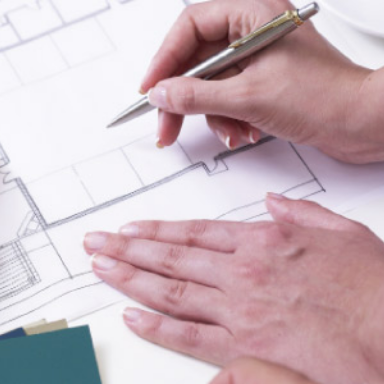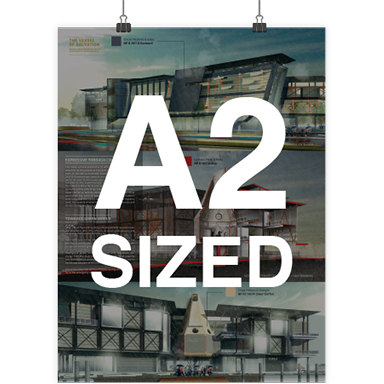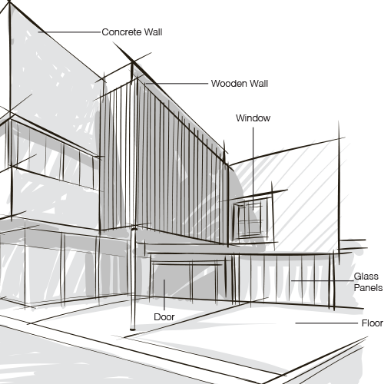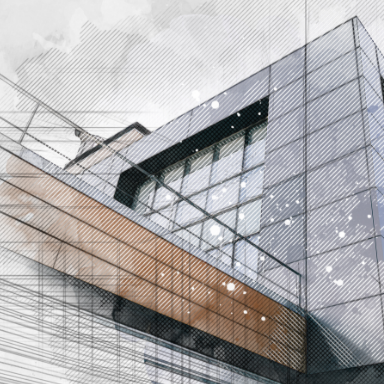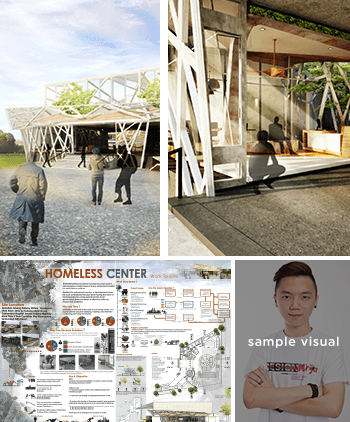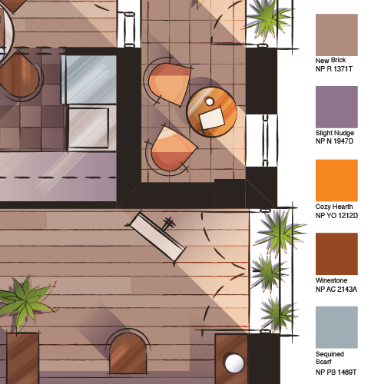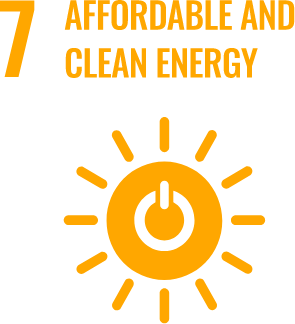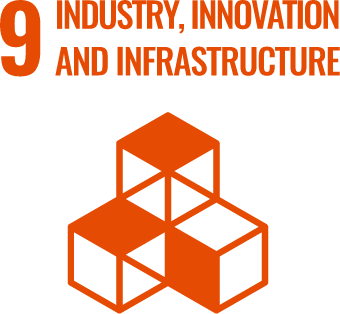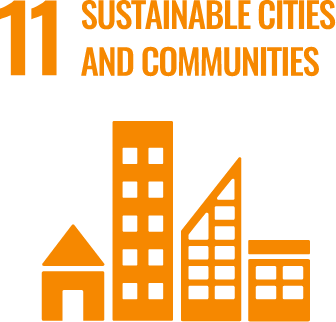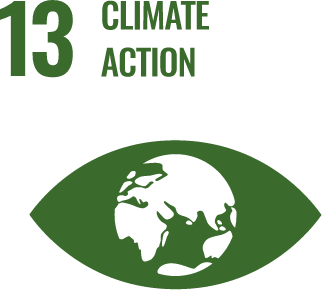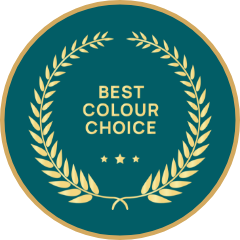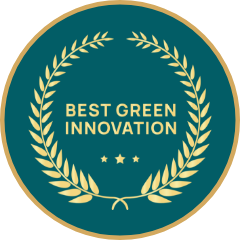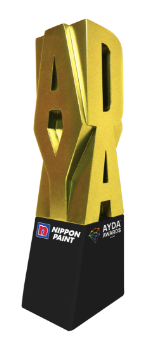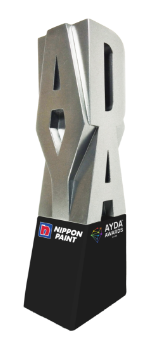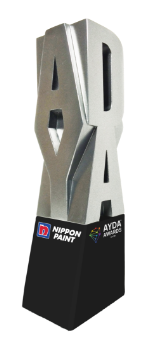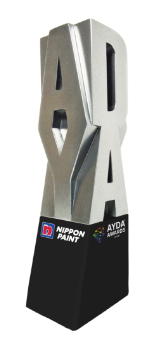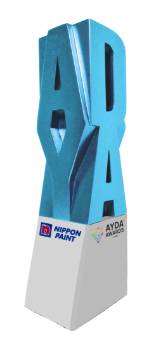For enquiries, please contact:
- AYDA Team at 011 540 88660 or ayda.malaysia@gmail.com
- Download the entry form here.
- Complete the entry form and attach the form with your email.
-
Please ensure your email contains:
- A folder named “Presentation Board” which has JPEG files of your presentation boards at 300dpi and named “Board 1.jpeg”, “Board 2.jpeg”, “Board 3.jpeg” and “Board 4.jpeg” in portrait orientation.
- A folder named “Perspectives” with each perspective file in JPEG format, set at 300dpi and named accordingly (e.g. “Living Room” or “Lobby”).
- Your design concept statement should not be more than 800 words and saved in PDF format named “Design Concept Statement”.
- Your recent personal photo in JPEG format set at 300dpi with your name as the file name (e.g. “Participant Name.jpeg”).







